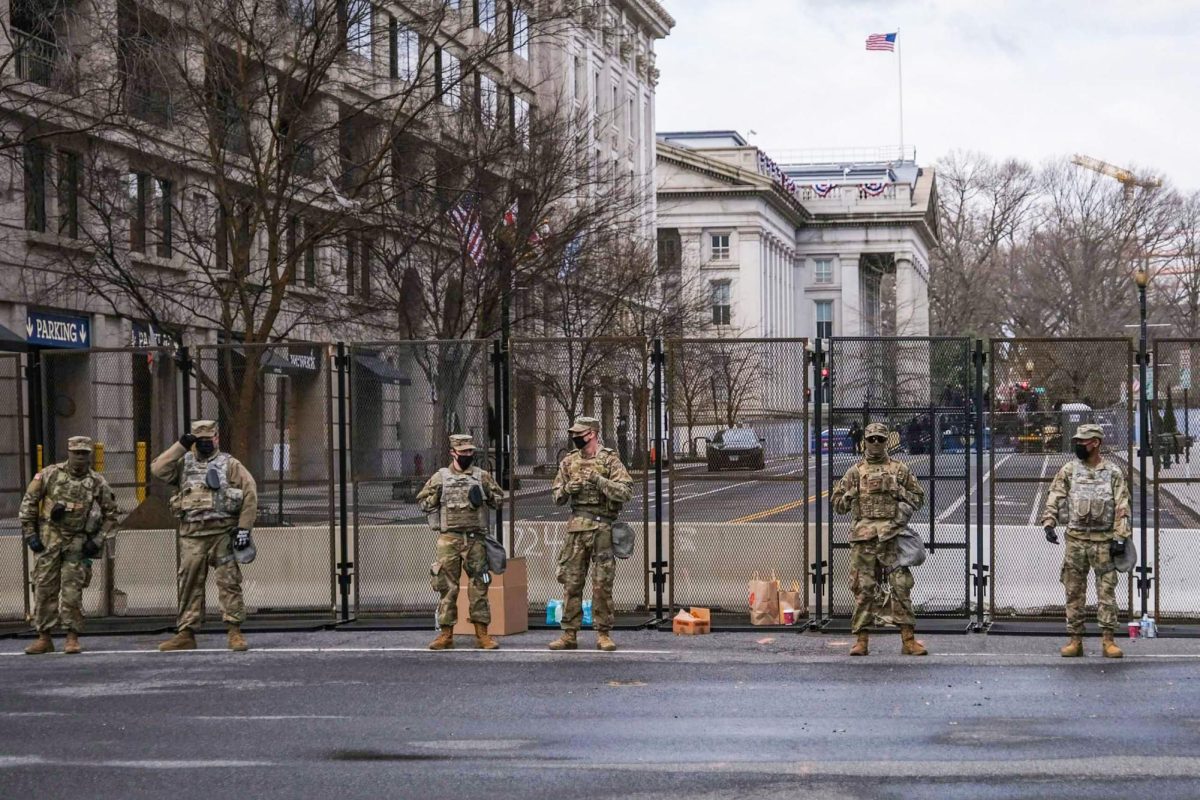Private schools nationwide increased their financial aid pools by twice the amount GW did for this year, according to a survey released last week.
The University increased its aid pool by 3 percent last May, while private universities across the country boosted their aid by an average of 6.2 percent this year, a survey by the National Association of Independent Colleges and Universities showed.
Dan Small, associate vice president for financial assistance, said schools nationwide are increasing aid to compensate for declines in family income during the recession – an adjustment he said GW made at the height of the recession in 2008, when the University upped the aid pool by 16 percent.
“We reacted quicker than others did, and so we were responding to the financial needs of our students – not only those who were currently enrolled, but also those who were the prospective high school students,” Small said.
This year’s aid percentage increase is the smallest GW has seen since 2007, but the aid pool is almost double what it was a decade ago.
Scott Jaschik, co-founder and editor of Inside Higher Ed, said schools across the country made double-digit increases in aid around the time of the recession, but pulled back those increases when they started to feel the effects themselves a few years later.
Now, he said, increases are much steadier, because the economy is stabilizing.
“Most colleges are making a decision that they’re willing to spend a certain amount, but not more than that,” Jaschik said.
The study also found that private colleges increased tuition by an average of 3.9 percent, in line with GW’s 3.7 percent bump.
This is the smallest increase the country has seen in 40 years. In the past five years, GW’s tuition increases have not wavered by more than a percentage point.
Small said GW’s fixed tuition policy, which locks in a student’s financial aid package for 10 semesters, means when other schools increase their tuition, it applies to the entire student body. At GW, increased tuition only applies to the freshman class.
“Yes, that tuition is higher than the sophomores’, higher than the juniors’, but when they come in they’re not experiencing tuition increases. That’s what you get, no matter what school that they go to,” Small said.






